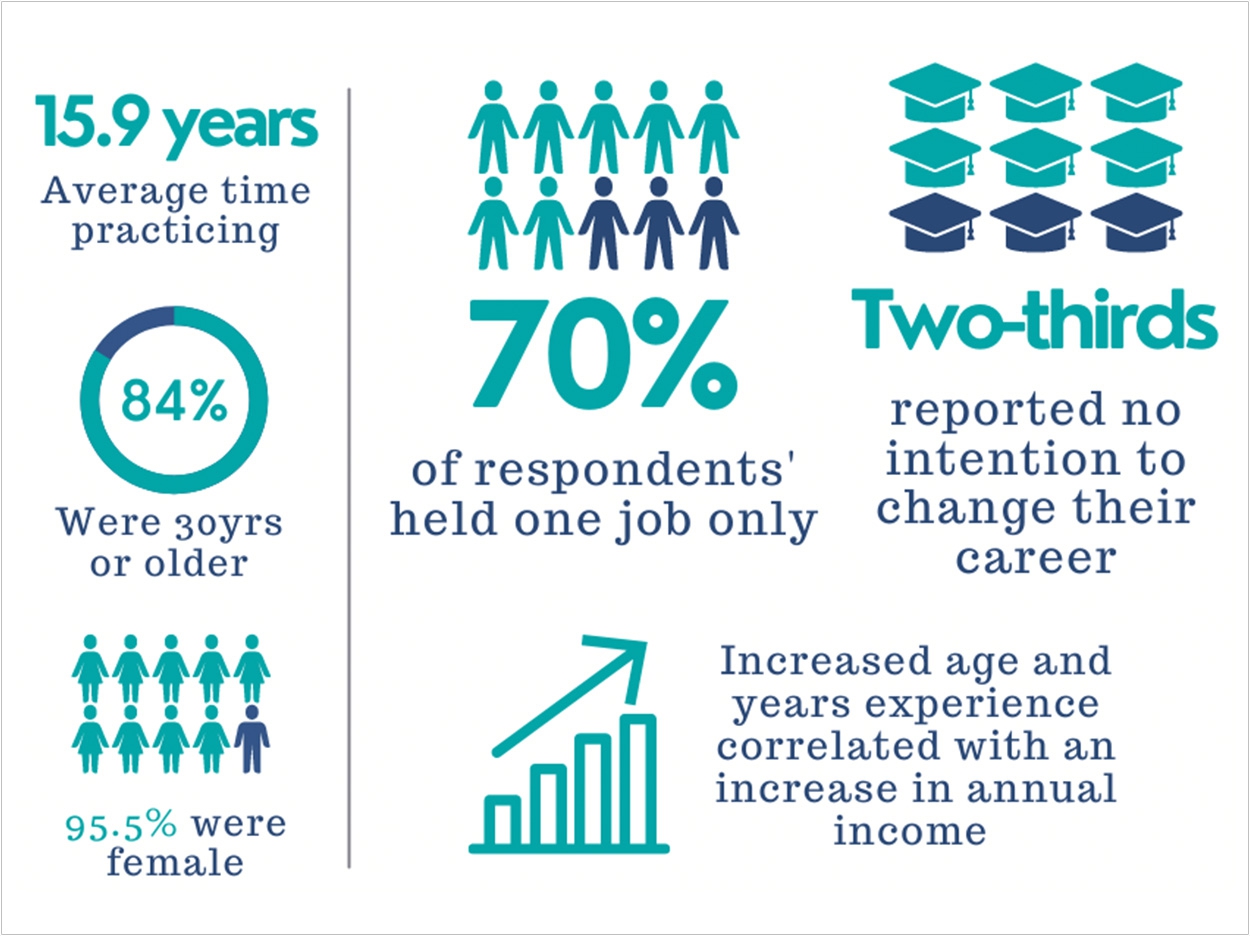
The Australian Oral Health Workforce Report was drafted to provide comprehensive data about the demographic, geographic, and employment characteristics of dental hygienists, dental therapists, and oral health therapists in Australia.
The report also provides a comparative analysis of the impact of pandemic dental restrictions on the employment characteristics of the workforce, according to the Australian Dental and Oral Health Therapists’ Association (ADOHTA) and Dental Hygienists Association of Australia (DHAA), which released it.
The peer-reviewed, evidence-based publication provides important insight into the current oral health workforce, said author and ADOHTA president Dr. Nicole Stormon.
“It contains reliable data to allow the profession, governments, and management to better utilize existing capacity and forward plan oral health services across the country,” said Stormon.
“This report contains important information of current market remuneration rates in various demographic and practice settings,” said DHAA national vice president and report coauthor Carol Tran.
For example, oral health professionals saw a median average wage of $52.50 an hour before the pandemic and $53.00 an hour afterward. Also, 25% work between 20 and 29 hours a week, while 43% work between 30 and 39 hours.
Respondents had an average of 15.9 years of experience, 84% were 30 years or older, and 95.5% were female. Additionally, 70% only held one job, two-thirds reported no intention to change their career, and increased age and experience correlated with an increase in annual income.
With the enforcement of the Health Professionals and Support Services Award for dental hygienists and oral health therapists on July 1, 2021, which will “provide a fair and relevant minimum safety net” as stated by the full bench of the Fair Work Commission, the groups said, the report is a timely and useful benchmark to guide appropriate remuneration decisions for oral health practitioners in various settings.
Related Articles
Almost 70% of Low-Income Australian Families Don’t Claim $1,000 in Dental Benefits
Australian Dental Association Disappointed by Government’s Response to Oral Health Report
University of Queensland to Use 3D Printing to Rebuild Teeth and Tissues












